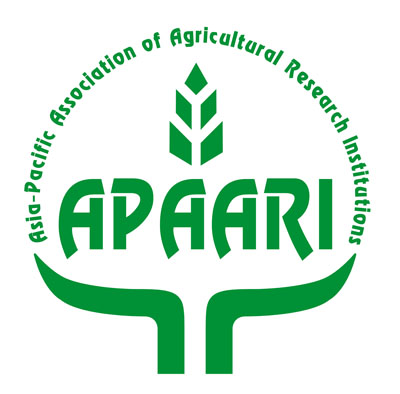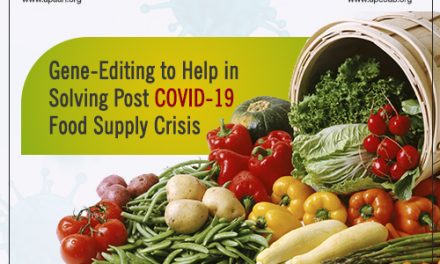The world has gone through revolutionary changes in agriculture since World War II. Increase in demand and limited resources created new opportunities for innovation and technology. Random mutations in seeds using chemicals, x-rays and other forms of radiations were introduced which also resulted in fruitful outputs as new varieties in decades ahead. Selective breeding essentially consumes lot many years before actually producing new varieties with desirable traits.
Waiting for the plant to undergo evolutionary changes either by exposure to varied climatic or other changes or by application of different chemicals and radiations may lead to hundreds of undesirable traits, that too, at the cost of devoting hundreds of years using the former approach and over 1 to 2 decades using chemical substances or any type of radiations.
The world demands a better approach considering the changing dynamics, ever-growing populations, children suffering from malnutrition and numerous adult deaths due to hunger. We are certainly in an era which needs gene-editing technology that may ensure to offer desirable results in just the shortest possible time, sometimes in 1-2 years! It is no big surprise to claim the supremacy of this technology over any past agricultural revolution due to three main factors, which include:
- Superior traits in crops
- Less time consumption
- Mass yield production
Tomato being the model plant has undergone various testing phases of gene editing to prove the efficacy of CRISPR. Following traits became the prime reason for aiming tomato to undergo gene editing transformations:
- Diploid and high-quality sequenced genome
- Ease of transformation, (Van Eck et al., 2006)
- Economic importance
CRISPR-Cas9 gene-editing technology has been also applied to several fruit crops like apple, banana, kiwifruit, Duncan grapefruit, grapevine, watermelon, strawberries and cucumber. The technology has shown great results in terms of improving fruit traits through enhancing stress resistance targeting the resistant traits in plant and combining nutritional qualities with tastier mutants.
Similarly, the often termed ‘orphan crop’- Groundcherries were not given enough attention due to their unmanageable traits pertaining to ease of farming. By combining more manageable traits like its cousin tomato, scientists are able to grow this fruit in large quantities without fearing those mismanaged farmlands due to the new, easier-to-grow variety which can soon be widely available to consumers, as the regulatory framework eases the commercialization of such varieties.
Hence, gene editing sets a future for a much healthier population by aligning the entire food value chain to a purposeful farming technique. All the world needs today is to change its stance on new technology adoption to the most ancient profession i.e., agriculture.
More the utilization of gene editing tools, merrier will be the farmlands and farmers! We certainly need this thriving change among the farmer community and the entire agriculture industry as a whole.


